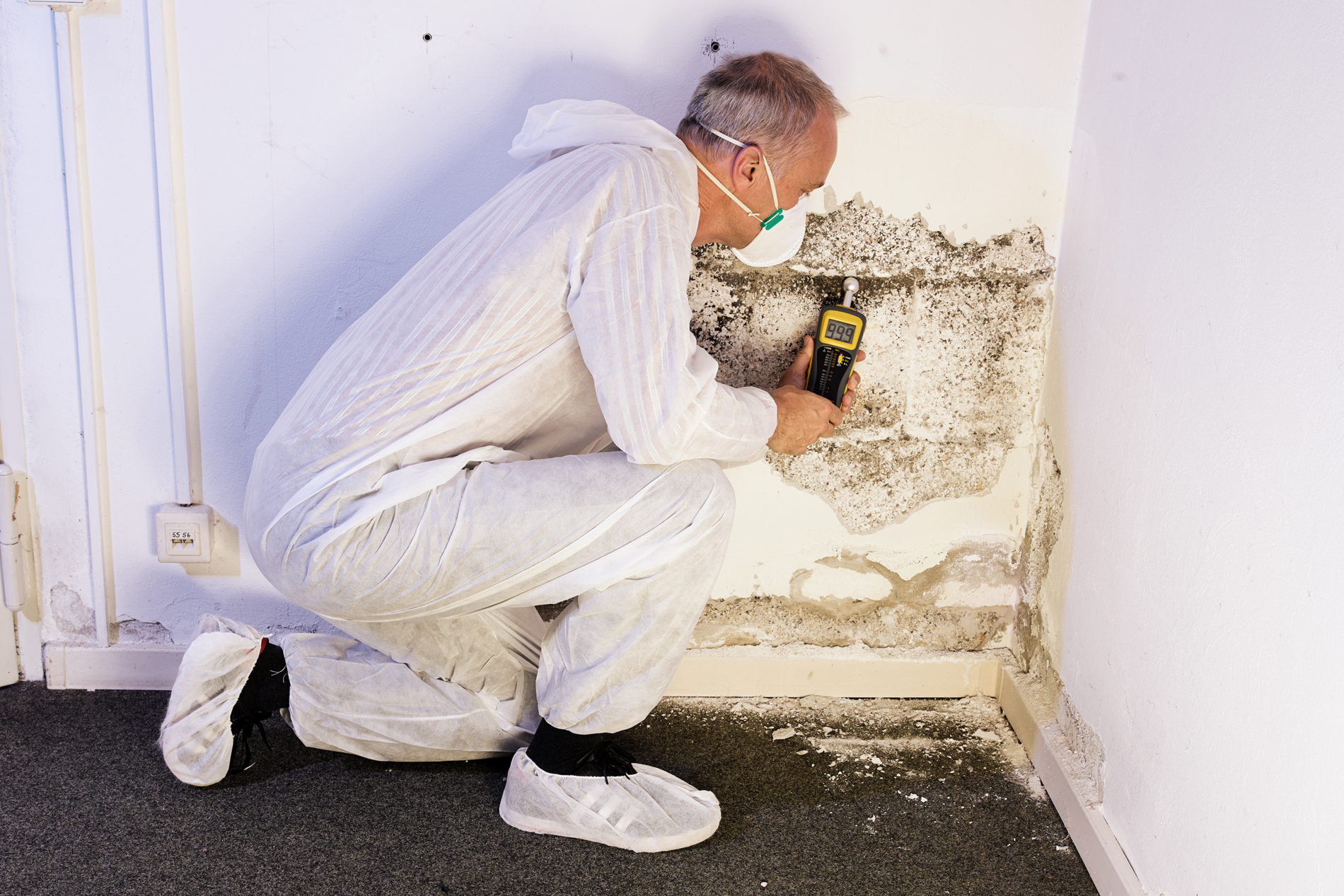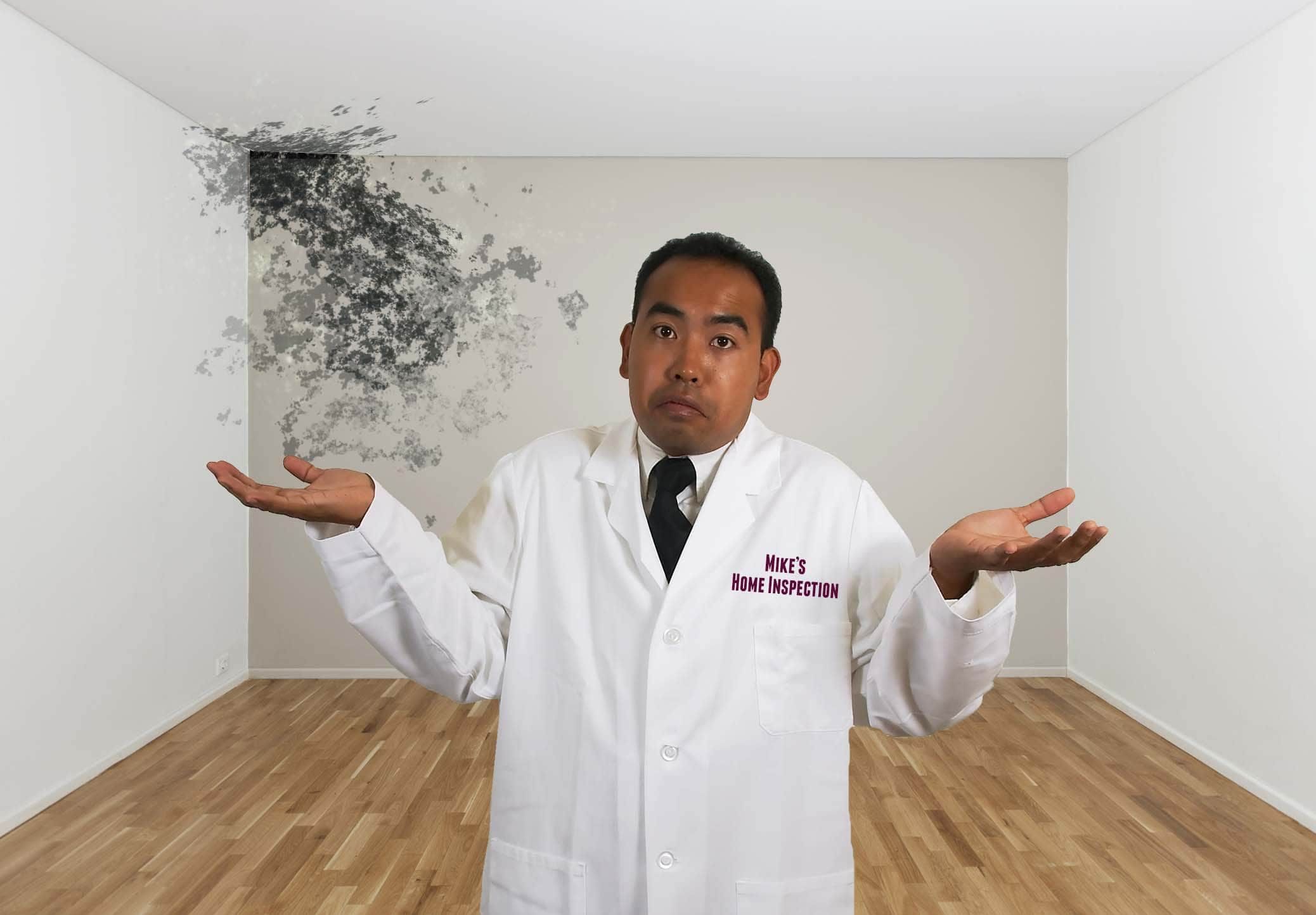In the bustling heart of our homes—where culinary creativity flourishes and memories are made—lurks an insidious threat that often goes unnoticed: mold. While most of us associate mold with damp basements or the occasional forgotten slice of bread, its presence in the kitchen can be particularly alarming.
Not only does mold compromise the aesthetic appeal of our food, but it also poses serious health risks and jeopardizes food safety. Picture this: an unassuming corner of your countertop, a damp spot behind the refrigerator, or even the forgotten remnants of last week’s grocery haul—all potential breeding grounds for microscopic spores that can contaminate your ingredients.
As we delve into the hidden dangers of mold in your kitchen, well uncover how these unexpected intruders can silently undermine your health and the integrity of your meals, urging you to rethink your food preparation practices. After all, a safe kitchen is essential for a healthy life, so let’s explore the unseen threats that could be lurking in plain sight.
The Science Behind Mold Growth in Kitchens

Mold thrives in kitchens, where the perfect storm of warmth, moisture, and organic materials creates an inviting environment for its proliferation. The kitchen, often the heart of the home, holds various moisture sources: from steam rising off boiling pots to spills that go unnoticed.
These humid conditions are further exacerbated by the organic matter found in food remnants, which serve as a veritable buffet for mold spores. As these tiny organisms begin to colonize surfaces—be it the damp underside of a sink or the forgotten corner of a pantry—their growth can accelerate rapidly.
In fact, some species can double in number every 24 hours under optimal conditions. This rapid growth is not just an aesthetic concern; it poses significant health risks and can compromise food safety in ways that are often overlooked.
Mold produces mycotoxins, which can leach into food and lead to serious health implications when consumed. Understanding these dynamics is crucial for maintaining a safe and healthy kitchen environment.
Signs of Mold Infestation in Your Kitchen

Spotting mold infestation in your kitchen can be a subtle yet significant concern that might affect both your health and the safety of your food. Dull, discolored patches on walls or ceilings, often in shades of green, black, or white, are telltale signs that shouldn’t be ignored.
If you notice a persistent musty odor wafting through the air—a smell reminiscent of dampness—it could indicate hidden mold lurking in hard-to-reach corners or behind appliances. Furthermore, look for moisture build-up around sinks and under dishwashers, as these damp areas often serve as perfect breeding grounds for mold spores.
Even the presence of strange, dark spots on food items, particularly bread or fruits, signals the need for immediate action. Remember, mold thrives in warmth and humidity, and your kitchen, the heart of culinary activity, can unintentionally create an ideal environment for its growth.
Addressing these signs promptly is crucial; don’t let mold turn your kitchen into a risk for food contamination and health hazards.
Food Safety Protocols: Protecting Your Meals from Mold

Food safety protocols are essential in safeguarding your meals from the insidious threat of mold that often lurks unnoticed in kitchens. Start with a thorough inspection of your pantry; don’t underestimate the potential for mold spores hiding in dark, damp corners.
Store food in airtight containers to create a barrier against humidity, but remember to rotate your supplies—first in, first out—to keep items fresh and reduce the chance of spoilage. Additionally, maintain a clean workspace; frequent wiping down surfaces with a mild vinegar solution can thwart mold growth before it starts.
If your fruits or vegetables show any signs of mold, heed this warning by discarding them immediately, as they can contaminate other nearby foods. Finally, be vigilant about your refrigerators temperature settings: aim for below 40°F (4°C) to slow down mold’s relentless march.
By implementing these proactive measures, you can turn your kitchen into a fortress against mold, ensuring that every meal you prepare is not only delicious but also safe.
Conclusion
In conclusion, the presence of mold in your kitchen poses significant risks to food safety and overall health. Mold, particularly the notorious black mold, can not only compromise the quality of your food but also lead to serious health issues for you and your family.
It is essential to be vigilant and proactive in maintaining a clean and dry kitchen environment to mitigate these risks. Regular inspections, proper ventilation, and addressing leaks promptly can help prevent mold growth.
For those suspecting mold infestations, seeking professional Black Mold Testing is a Crucial Step to Ensure a Safe Cooking and Eating Space. by Prioritizing Mold Prevention and Addressing Issues Promptly, You Can Protect Your Home and Promote a Healthier Lifestyle for Everyone.




